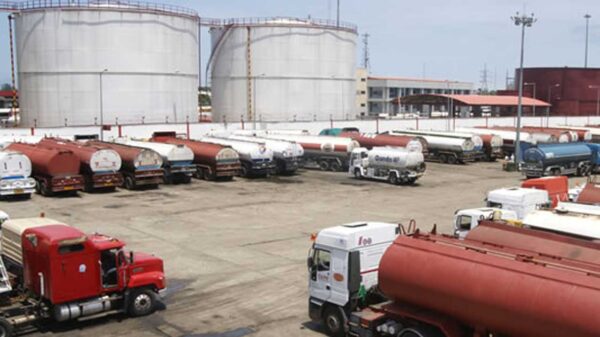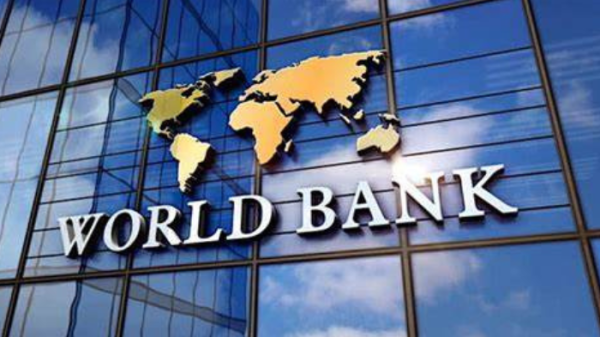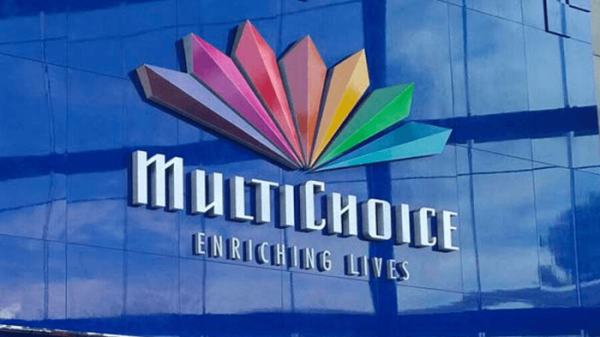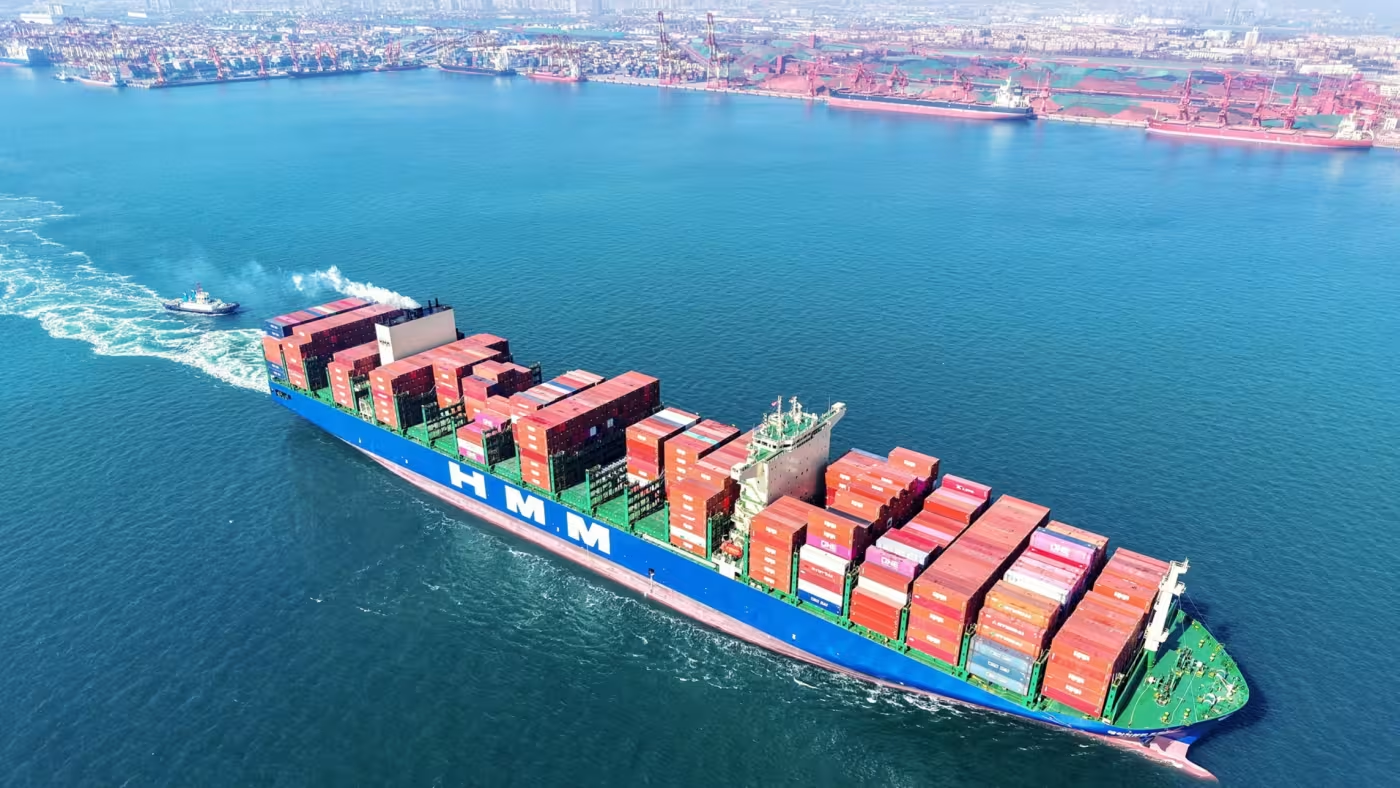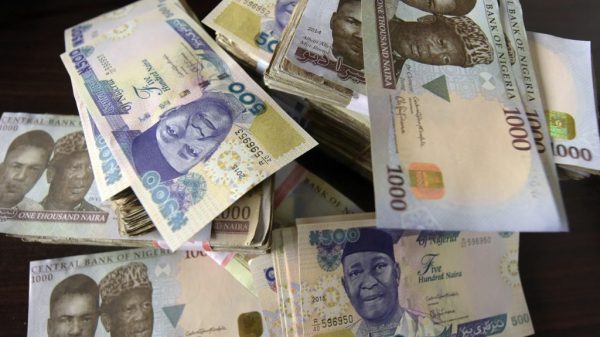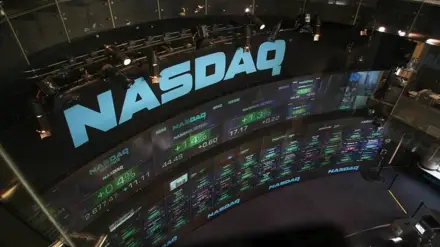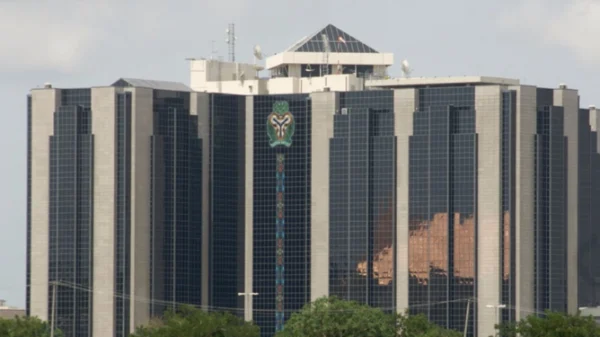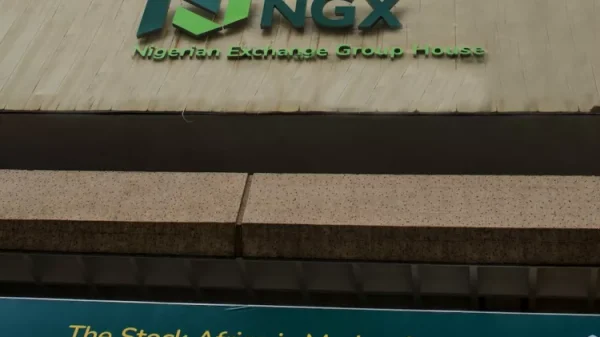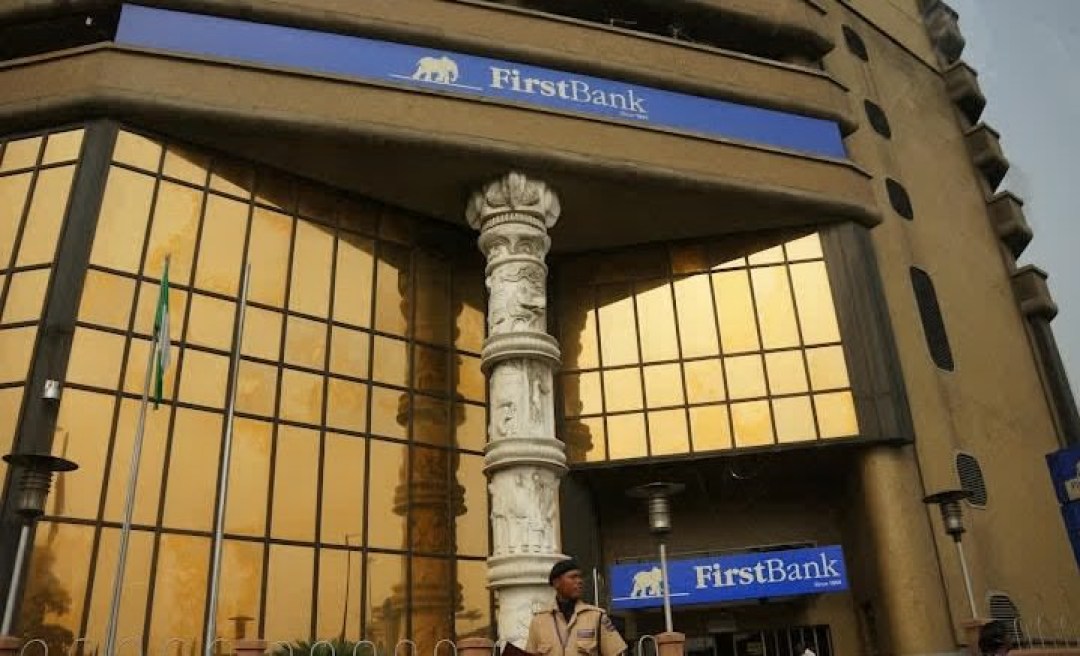Moody’s Investors Service (Moody’s) has today affirmed the B2 long-term local and foreign currency deposit ratings as well as senior unsecured ratings, where applicable, of the following Nigerian banks: Access Bank Plc, Zenith Bank Plc, First Bank of Nigeria Limited, United Bank for Africa Plc, Guaranty Trust Bank Plc (recently renamed “Guaranty Trust Bank Limited”), Union Bank of Nigeria plc, Fidelity Bank plc, FCMB (First City Monument Bank) Limited and Sterling Bank Plc.
At the same time, the rating agency changed the outlook on all the banks’ long-term deposit ratings to stable from negative.
The rating action reflects Moody’s expectation that higher oil prices and some measures taken by the government will help stabilise the sovereign’s credit metrics, thus stabilising the sovereign credit profile and, in turn, those of the banks.
Moody’s affirmed Nigeria government’s long-term issuer ratings of B2 and changed its outlook to stable from negative on 29 November 2021. For further information on the sovereign rating action, please refer to Moody’s press release: https://www.moodys.com/research/–PR_458069.
Please click on this link https://www.moodys.com/viewresearchdoc.aspx?docid=PBC_ARFTL459090 for the List of Affected Credit Ratings. This list is an integral part of this Press Release and identifies each affected issuer.
RATINGS RATIONALE
The rating action reflects the banks’ financial profiles which have been generally resilient to the difficult operating environment in Nigeria. On average, the Nigerian banks’ asset quality has remained resilient and banks’ pre-provision profitability is recovering to pre-pandemic levels while their capital and funding positions, particularly in local currency, have remained solid.
The change of outlook to stable also reflects the links of Nigerian banks’ credit profiles to that of the government, whose outlook has been stabilised on 29 November, given the sizeable exposure to the sovereign debt securities, averaging 245% of the rated banks’ capital bases as of June 2021. Furthermore, Moody’s expects that the capacity of the Nigerian government to support the country’s banks will remain unchanged.
AFFIRMATION OF BANKS’ RATINGS
The affirmation of the deposit ratings for the nine banks reflects Moody’s expectation that Nigerian banks’ solvency will remain at adequate levels over the next 12-18 months, supported by resilient profitability, while asset quality towards the large energy sector will benefit from the current high oil prices. Selective lending by banks in the past three years has restrained the formation of nonperforming loans (NPLs). Reported systemwide NPL ratio has declined to 5.3% as of October 2021 from 6.0% as year-end 2020; the improvement also reflects the banks continuing to benefit from restructuring and forbearance. Going forward, once forbearance lapses, the rating agency expects some asset quality deterioration but the high oil prices, if sustained, will likely mitigate the pressures.
Moody’s also expects the banking sector to benefit from improving economic outcomes in Nigeria that are supported by high oil prices. The rating agency expects real GDP to grow by 2.8% in 2022 and by 3.5% per year on average until 2025, which, while remain insufficient to materially improve wealth levels, will likely produce quality lending opportunities for banks and will likely improve borrowers’ credit strength.
The Nigerian banks also maintain solid liquidity buffers, particularly in local currency. The rated banks’ average ratio of liquid banking assets to tangible banking assets was 49% as of end of 2020. While the system still faces foreign currency liquidity challenges, on average, Nigerian banks have improved their foreign currency liquidity and banks continue to cut back foreign-currency lending while building up foreign-currency liquidity buffers.
The affirmation of the ratings for all banks also captures the rating agency’s expectation that the high probability of government support for banks at times of stress remains intact following the affirmation of the B2 sovereign rating and outlook change to stable from negative.
STABLE OUTLOOK REFLECTS SOVEREIGN OUTLOOK
The stable outlook on the banks’ rating reflects the stable outlook on the Nigeria’s government issuer rating given the banks’ large holdings of Nigerian government securities which they hold for liquidity and investment purposes. The large stock of government securities and loans links the banks’ credit profiles to that of the government. The rated banks’ overall sovereign debt securities averaged 245% of their tangible capital bases as of June 2021.
FACTORS THAT COULD LEAD TO AN UPGRADE OR DOWNGRADE OF THE RATINGS
The Baseline Credit Assessments (BCAs) could be upgraded if (1) the solvency profile and liquidity buffers of the banks improve and/or (2) the operating environment of Nigeria improves materially.
Any deterioration in the creditworthiness of Nigeria would exert downward pressure on the banks’ ratings, in view of their large holdings of sovereign debt securities. In addition, the banks could be downgraded if operating conditions worsen than is currently anticipated, constraining banks business activities while leading to higher asset risk and provisioning costs, or in the event of considerable weakness in financial performance.
BANK-SPECIFIC CONSIDERATIONS
Access Bank Plc (Access)
The affirmation of Access’ B2 long-term deposit ratings reflects the upgrade of the bank’s BCA to b2 from b3. The absence of government support uplift for the bank’s deposit ratings (zero notches compared to one notch previously), despite Moody’s assessment of a ‘high’ likelihood of government support in case of need, reflects the positioning of the bank’s BCA at the same level as the B2 sovereign rating.
The upgrade of Access’ BCA to b2 from b3 reflects the sustained improvement in the bank’s asset quality, after a material deterioration resulting from the acquisition of Diamond Bank PLC (Diamond) in March 2019. The bank’s problem loans to gross loans ratio increased from 2.7% in December 2018 to 10.0% in March 2019, before declining to 6.0% in December 2019, 4.8% in December 2020 and 4.8% in June 2021. The improvement reflected write offs, repayments and restructurings; and the clean-up of the inherited book helped the asset quality absorb the pandemic shock in 2020. The bank’s tangible common equity to risk weighted assets declined from 13.5% in December 2018 to 10.3% in December 2019, then improved gradually to 11.3% as of September 2021.
The bank’s b2 BCA also captures its sound profitability, deposit-based funding as well as robust risk management (as evidenced by problem loans consistently below peers, and foreign currency loans exposure materially lower than peers at 22% of loans in March 2021). These strengths are moderated by the challenging environment in Nigeria, combined with the bank’s exposure to the cyclical oil and gas sector (26% of total loans, compared to an average 30% for Tier 1 Nigerian peers).
The stable outlook reflects the stable outlook on Nigeria’s government issuer rating. Access has a large exposure to the sovereign debt securities at 264% of its tangible common equity at end of June 2021.
FCMB (First City Monument Bank) Limited (FCMB)
The affirmation of FCMB’s B2 long-term deposit ratings reflects the affirmation of the bank’s b3 BCA and Moody’s ongoing expectation of a high probability of government support, leading to one notch of uplift from the BCA.
FCMB’s b3 BCA reflects the bank’s robust level of tangible common equity compared with that of its global peers, stable deposit-based funding structure, and solid local-currency liquidity metrics. These strengths are moderated by the bank’s elevated credit risks stemming from its high single-name and sector concentrations, and relatively modest profitability levels compared with those of its top-tier local peers.
The stable outlook reflects the stable outlook on Nigeria’s government issuer rating. FCMB has a large exposure to sovereign debt securities at 216% of its tangible common equity at end of June 2021.
Fidelity Bank plc (Fidelity)
The affirmation of Fidelity’s B2 long-term deposit ratings reflect the affirmation of the bank’s b3 BCA and Moody’s ongoing expectation of a high probability of government support, leading to one notch of uplift from the BCA.
Fidelity’s b3 BCA reflects the bank’s improving profitability and relatively high provision coverage of NPLs and satisfactory capital buffers with a tangible common equity-to-risk-weighted asset that is comparable to global peers. These strengths are lessened by the bank’s relatively tight funding conditions, as reflected by its high, although improving, loan-to-customer deposit ratio, high proportion of foreign-currency loans, and comparatively higher leverage as indicated by its modest ratio of shareholders’ equity to total assets.
The stable outlook reflects the stable outlook on Nigeria’s government issuer rating. Fidelity has a large exposure to sovereign securities at 218% of its tangible common equity as of June 2021.
First Bank of Nigeria Limited (First Bank)
The affirmation of First Bank’s B2 long-term deposit ratings reflect the affirmation of the bank’s b3 BCA and Moody’s ongoing expectation of a high probability of government support, leading to one notch of uplift from the BCA.
First Bank’s b3 BCA reflects the bank’s improving asset quality, resilient pre-provision profitability and robust liquidity metrics. These strengths are moderated by the bank’s still-high level of problem loans and modest capital buffers as indicated by its nominal leverage metrics.
The stable outlook reflects the stable outlook on Nigeria’s government issuer rating. First Bank has a large exposure to sovereign securities at 268% of its tangible common equity as of June 2021.
Guaranty Trust Bank Plc (Guaranty Trust Bank Limited)
The affirmation of Guaranty Trust Bank Limited’s B2 long-term deposit ratings reflects the affirmation of the bank’s b2 BCA. The absence of government support uplift for the bank’s deposit ratings, despite Moody’s assessment of a ‘high’ likelihood of government support in case of need, reflects the positioning of the bank’s BCA at the same level as the B2 sovereign rating.
Guaranty Trust Bank Limited’s b2 BCA reflects the bank’s track record of strong and proactive risk management, high capital buffers (22.6% tangible common equity to risk weighted assets at end- 2020), strong profitability (3.7% net income to tangible assets ratio during Q1 2021 and deposit funded balance sheet. These strengths are moderated by the challenging operating environment in Nigeria, as well as the bank’s elevated single name concentrations, sectoral concentrations and stage 2 loans (16.2% of total loans at end-2020). Guaranty Trust Bank Limited’s financial profile is b1 but Moody’s constrains the BCA at b2 (in line with the Nigerian sovereign) given the bank’s high exposure to the Nigerian operating environment (where 81% of its assets are located) and sovereign (sovereign debt holdings account for 24% of its assets).
The stable outlook reflects the stable outlook on Nigeria’s government issuer rating. Guaranty Trust Bank Limited has a large exposure to government debt securities at 157% of its tangible common equity at end of June 2021.
Union Bank of Nigeria plc (Union)
The affirmation of Union’s B2 long-term deposit ratings reflects the affirmation of the bank’s b3 BCA and Moody’s ongoing expectation of a high probability of government support, leading to one of uplift from the BCA.
Union’s b3 BCA reflects the bank’s sound capitalisation, stable deposit-based funding and solid local currency liquidity supported by the bank’s retail deposit franchise. However, these strengths are moderated by the challenging operating environment in Nigeria, combined with the bank’s high problem loans, elevated credit concentrations and relatively tight foreign currency funding position (with foreign currency loans to at 170% of foreign currency deposits at end-2019).
The stable outlook reflects the stable outlook on Nigeria’s government issuer rating. Union has large exposure to government debt securities at 224% of its tangible common equity as of June 2021.
United Bank for Africa Plc (UBA)
The affirmation of UBA’s B2 long-term deposit ratings reflects the affirmation of the bank’s b2 BCA. The absence of government support uplift for the bank’s deposit ratings, despite Moody’s assessment of a ‘high’ likelihood of government support in case of need, reflects the positioning of the bank’s BCA at the same level as the B2 sovereign rating.
UBA’s b2 BCA reflects the bank’s diversified loan book (with lower exposure to the oil and gas sector than local peers), sound capitalization (12.7% tangible common equity to risk weighted assets at end- 2020), and resilient profitability supported by a solid pan-African franchise. However, these strengths are moderated by the challenging operating environment in Nigeria, combined with the bank’s relatively high reliance on corporate deposits.
The stable outlook reflects the stable outlook on Nigeria’s government issuer rating. UBA has a large exposure to government debt securities and loans via its Nigerian operations that contributed 82% to its total assets as of June 2021. Total exposure to government securities was large at 473% of the bank’s total shareholders’ equity as of June 2021.
Sterling Bank Plc (Sterling)
The affirmation of Sterling’s B2 long-term deposit ratings reflects the affirmation of the bank’s b3 BCA and Moody’s ongoing expectation of a high probability of government support, leading to one of uplift from the BCA.
Sterling’s b3 BCA reflects the bank’s stable deposit-based funding, modest capitalization (relative to local peers) and high local currency liquidity. However, these strengths are moderated by the challenging operating environment in Nigeria, combined with the bank’s high credit concentrations and foreign currency loans, modest profitability and relatively low foreign currency liquidity.
The stable outlook reflects the stable outlook on Nigeria’s government issuer rating. Sterling has a large exposure to government debt securities at 151% of its tangible common equity as of June 2021.
Zenith Bank Plc (Zenith)
The affirmation of Zenith’s B2 long-term deposit ratings reflects the affirmation of the bank’s b2 BCA. The absence of government support uplift for the bank’s deposit ratings, despite Moody’s assessment of a ‘high’ likelihood of government support in case of need, reflects the positioning of the bank’s BCA at the same level as the B2 sovereign rating.
Zenith’s b2 BCA reflects the bank’s strong capitalization (14.8% tangible common equity to risk weighted assets at end- 2020), deposit-funded balance sheet as well as strong profitability underpinned by a disciplined approach and strong ties with large corporates. These strengths are moderated by Nigeria’s challenging operating environment, as well as the bank’s relatively high stock of restructured loans (22% of gross loans at end-2020) and high reliance on corporate deposits.
The stable outlook reflects the stable outlook on Nigeria’s government issuer rating. Zenith has a large exposure to government debt securities at 239% of its tangible common equity as of June 2021.
PRINCIPAL METHODOLOGY
The principal methodology used in these ratings was Banks Methodology published in July 2021 and available at https://www.moodys.com/researchdocumentcontentpage.aspx?docid=PBC_1269625. Alternatively, please see the Rating Methodologies page on www.moodys.com for a copy of this methodology.
Moody’s National Scale Credit Ratings (NSRs) are intended as relative measures of creditworthiness among debt issues and issuers within a country, enabling market participants to better differentiate relative risks. NSRs differ from Moody’s global scale credit ratings in that they are not globally comparable with the full universe of Moody’s rated entities, but only with NSRs for other rated debt issues and issuers within the same country. NSRs are designated by a “.nn” country modifier signifying the relevant country, as in “.za” for South Africa. For further information on Moody’s approach to national scale credit ratings, please refer to Moody’s Credit rating Methodology published in May 2016 entitled “Mapping National Scale Ratings from Global Scale Ratings”. While NSRs have no inherent absolute meaning in terms of default risk or expected loss, a historical probability of default consistent with a given NSR can be inferred from the GSR to which it maps back at that particular point in time. For information on the historical default rates associated with different global scale rating categories over different investment horizons, please see https://www.moodys.com/researchdocumentcontentpage.aspx?docid=PBC_1280297.
REGULATORY DISCLOSURES
The List of Affected Credit Ratings announced here are a mix of solicited and unsolicited credit ratings. Additionally, the List of Affected Credit Ratings includes additional disclosures that vary with regard to some of the ratings. Please click on this link https://www.moodys.com/viewresearchdoc.aspx?docid=PBC_ARFTL459090 for the List of Affected Credit Ratings. This list is an integral part of this Press Release and provides, for each of the credit ratings covered, Moody’s disclosures on the following items:
• EU Endorsement Status
• UK Endorsement Status
• Rating Solicitation
• Issuer Participation
• Participation: Access to Management
• Participation: Access to Internal Documents
• Disclosure to Rated Entity
• Lead Analyst
• Releasing Office
For further specification of Moody’s key rating assumptions and sensitivity analysis, see the sections Methodology Assumptions and Sensitivity to Assumptions in the disclosure form. Moody’s Rating Symbols and Definitions can be found at: https://www.moodys.com/researchdocumentcontentpage.aspx?docid=PBC_79004.
For ratings issued on a program, series, category/class of debt or security this announcement provides certain regulatory disclosures in relation to each rating of a subsequently issued bond or note of the same series, category/class of debt, security or pursuant to a program for which the ratings are derived exclusively from existing ratings in accordance with Moody’s rating practices. For ratings issued on a support provider, this announcement provides certain regulatory disclosures in relation to the credit rating action on the support provider and in relation to each particular credit rating action for securities that derive their credit ratings from the support provider’s credit rating. For provisional ratings, this announcement provides certain regulatory disclosures in relation to the provisional rating assigned, and in relation to a definitive rating that may be assigned subsequent to the final issuance of the debt, in each case where the transaction structure and terms have not changed prior to the assignment of the definitive rating in a manner that would have affected the rating. For further information please see the ratings tab on the issuer/entity page for the respective issuer on www.moodys.com.
For any affected securities or rated entities receiving direct credit support from the primary entity(ies) of this credit rating action, and whose ratings may change as a result of this credit rating action, the associated regulatory disclosures will be those of the guarantor entity. Exceptions to this approach exist for the following disclosures, if applicable to jurisdiction: Ancillary Services, Disclosure to rated entity, Disclosure from rated entity.
Regulatory disclosures contained in this press release apply to the credit rating and, if applicable, the related rating outlook or rating review.
Moody’s general principles for assessing environmental, social and governance (ESG) risks in our credit analysis can be found at http://www.moodys.com/researchdocumentcontentpage.aspx?docid=PBC_1288235.
Article Originally Published Here










